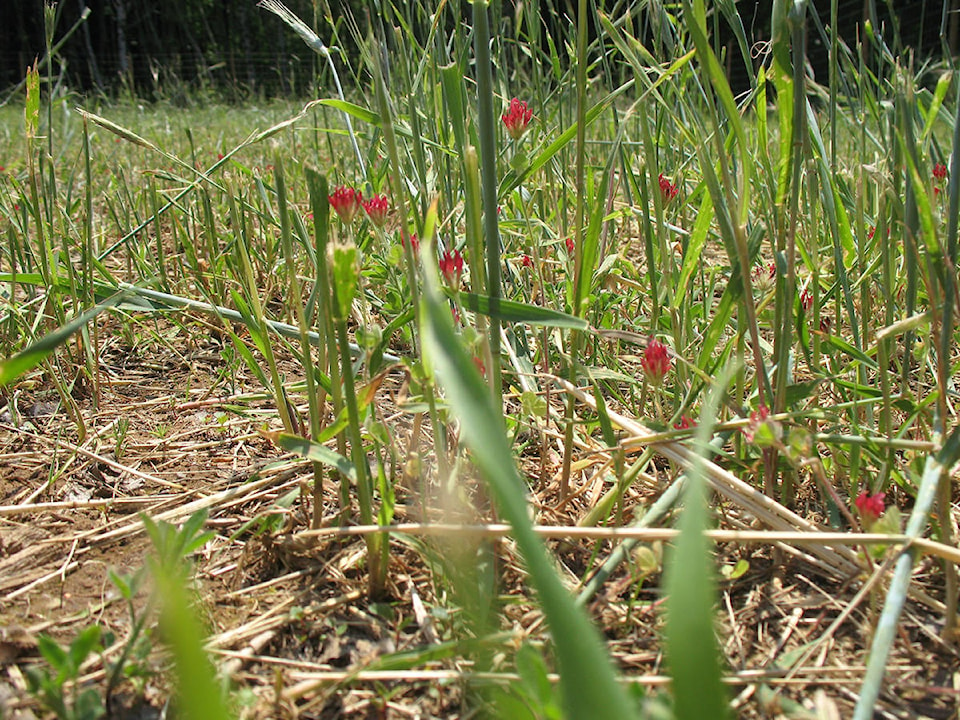By Mary Lowther
A hundred years ago John Widtsoe, president of the Agricultural College of Utah, reported that several American agricultural experimentation stations found that “on deep and somewhat dry soils, corn roots grew down eight feet” and “potato roots filled the soil fully to a depth of three feet: sugar beets to a depth of nearly four feet.”
Widtsoe explained that the crops grew this deeply because in most cases the subsoil was almost as fertile as the topsoil. Therefore, he concluded, we should do everything we can to increase this water-retaining ability of the lower levels of soil and encourage our vegetables to develop deep roots to access this layer and withstand dry summers.
Cover crops are sown for a number of reasons. When first breaking the land, cover crops like crimson clover and winter rye suppress undesirable weeds; later they prevent soil erosion when the land lies fallow, but at all times they grow roots that will rot in the soil when the crop is killed and turned into humus by soil organisms, creating this fertile layer.
Grasses in particular send roots deeply, filling the soil all the way down so that when the tops are cut down and allowed to rot, the roots compost underground, exactly what we want in drought conditions. Legumes like clover, alfalfa, vetch and fava beans can send down roots four feet, filling the soil with nitrogen they capture from the air. The combination of various cover crops fills both the upper and lower levels of soils, occupying more of the space than if we used a single crop.
Widtsoe says that in order to encourage deep roots we should also not have an excess of moisture in the upper soil, and that cultivating surface soil will break shallow roots and encourage plants to send down deeper roots. Dry surface soil may look discouraging, but as long as the plants can access water in the lower levels they won’t dry out.
Thus, by using cover crop at every opportunity, but especially overwinter when they can capture and retain water along with nutrients, we can build up compost in the lower levels of our soils. Along with using soaker hoses and breaking up surface roots of crops by hoeing to encourage deep root development, we should be able to have abundant gardens despite drought and water restrictions.
Please contact mary_lowther@yahoo.ca with questions and suggestions since I need all the help I can get.
